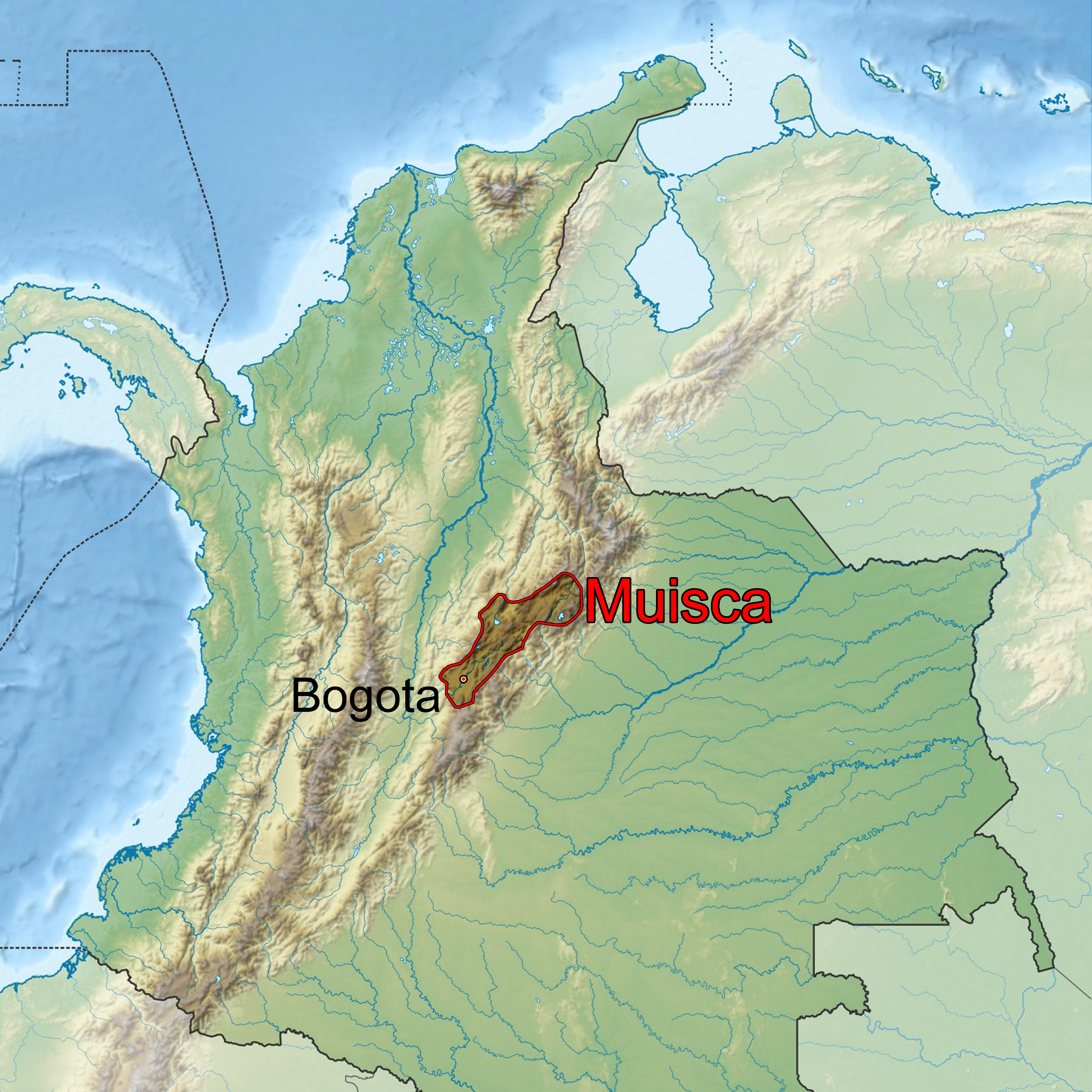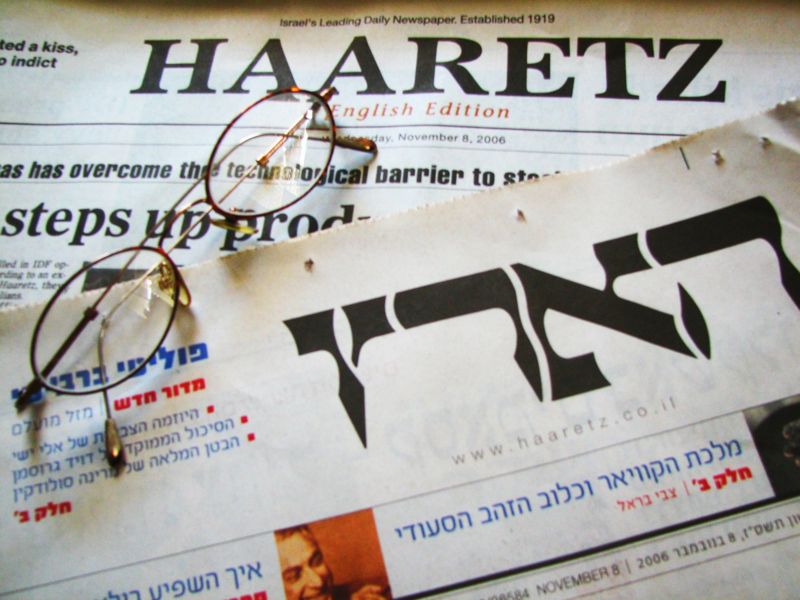|
Spindle Whorl
A spindle whorl is a weighted object fitted to a spindle to help maintain the spindle's speed of rotation while spinning yarn. History A spindle whorl may be a disk or spherical object. It is typically positioned on the bottom of the spindle. The spinner spins the weighted spindle pulling off a mass of fibers which is twisted into yarn. Historically, whorls have been made of materials like amber, antler, bone, ceramic, coral, glass, stone, metal (iron, lead, lead alloy), and wood ( oak). Local sourced materials have been also used, such as chalk, limestone, mudstone, sandstone, slate, lydite and soapstone. Natufian artifacts unearthed in Israel at Nahal Ein Gev II, an archeological site, are believed to be the oldest spindle whorls found to date. Archaeologists say the perforated pebbles found scattered at the village site are 12,000 years old. According to scans of the pebbles, the perforations were biconical in shape and drilled in two directions, creating an hourgl ... [...More Info...] [...Related Items...] OR: [Wikipedia] [Google] [Baidu] |
Soapstone
Soapstone (also known as steatite or soaprock) is a talc-schist, which is a type of metamorphic rock. It is composed largely of the magnesium-rich mineral talc. It is produced by dynamothermal metamorphism and metasomatism, which occur in subduction zones, changing rocks by heat and pressure, with influx of fluids but without melting. It has been a carving medium for thousands of years. Terminology The definitions of the terms "steatite" and "soapstone" vary with the field of study. In geology, steatite is a rock that is, to a very large extent, composed of talc. The mining industry defines steatite as a high-purity talc rock that is suitable for the manufacturing of, for example, insulators; the lesser grades of the mineral can be called simply "talc rock". Steatite can be used both in lumps ("block steatite", "lava steatite", "lava grade talc"), and in the ground form. While the geologists logically will use "steatite" to designate both forms, in the industry, "steatite" ... [...More Info...] [...Related Items...] OR: [Wikipedia] [Google] [Baidu] |
Lincolnshire
Lincolnshire (), abbreviated ''Lincs'', is a Ceremonial counties of England, ceremonial county in the East Midlands and Yorkshire and the Humber regions of England. It is bordered by the East Riding of Yorkshire across the Humber estuary to the north, the North Sea to the east, Norfolk, Cambridgeshire, Northamptonshire and Rutland to the south, and Leicestershire, Nottinghamshire and South Yorkshire to the west. The county is predominantly rural, with an area of and a population of 1,095,010. After Lincoln (104,565), the largest towns are Grimsby (85,911) and Scunthorpe (81,286). For Local government in England, local government purposes Lincolnshire comprises a non-metropolitan county with seven districts, and the unitary authority areas of North Lincolnshire and North East Lincolnshire. The last two areas are part of the Yorkshire and the Humber region, and the rest of the county is in the East Midlands. The non-metropolitan county council and two unitary councils collabora ... [...More Info...] [...Related Items...] OR: [Wikipedia] [Google] [Baidu] |
Saltfleetby Spindle-whorl
The Saltfleetby spindle-whorl (Rundata: E18) is a lead spindle-whorl uncovered in Lincolnshire in England of an Anglo-Scandinavian style typical of the 10th century. It is notable for its Younger Fuþark inscription that has been interpreted as invoking help from beings including the Germanic gods, gods Óðinn and Heimdallr. The language and rune forms used have been dated to the 11th to 12th centuries, after the Christianisation of England. The implications of the find are debated, with it being noted that while appealing to Germanic gods is not mutually exclusive with upholding of Christian worldviews and customs, the find may nonetheless reflect continue adherence to Old Nordic religion. Discovery The object was found by Mrs Denise Moncaster while metal detecting around Saltfleetby, who reported the find, having it recorded with the Portable Antiquities Scheme. Physical description and inscriptions The spindle-whorl is shaped more like a curved triangle than a circle, which ... [...More Info...] [...Related Items...] OR: [Wikipedia] [Google] [Baidu] |
Viking Age
The Viking Age (about ) was the period during the Middle Ages when Norsemen known as Vikings undertook large-scale raiding, colonising, conquest, and trading throughout Europe and reached North America. The Viking Age applies not only to their homeland of Scandinavia but also to any place significantly settled by North Germanic peoples, Scandinavians during the period. Although few of the Scandinavians of the Viking Age were Vikings in the sense of being engaged in piracy, they are often referred to as ''Vikings'' as well as ''Norsemen''. Voyaging by sea from their homelands in Denmark, Norway, and Sweden, the Norse people settled in the Viking activity in the British Isles, British Isles, History of Ireland (800–1169), Ireland, the Faroe Islands, Settlement of Iceland, Iceland, Norse settlements in Greenland, Greenland, History of Normandy, Normandy, and the Baltic Sea, Baltic coast and along the Trade route from the Varangians to the Greeks, Dnieper and Volga trade rout ... [...More Info...] [...Related Items...] OR: [Wikipedia] [Google] [Baidu] |
Archaeology Museum, Sogamoso
The Archaeology Museum of Sogamoso, officially titled the Parque Museo Arqueológico "Eliecer Silva Celis", is a museum on the archaeological findings in the area of sacred City of the Sun Sogamoso, Boyacá, Colombia. The museum hosts 4000 pieces of the Muisca and the Herrera Period. The museum was founded in 1942 by archaeologist Eliécer Silva Celis who helped building the reconstruction of the Sun Temple in the museum. The archaeology museum is since 1953 curated by the Universidad Pedagógica y Tecnológica de Colombia, based in Tunja.Website Museum Description The museum contains an archaeological park, , |
Muisca
The Muisca (also called the Chibcha) are indigenous peoples in Colombia and were a Pre-Columbian culture of the Altiplano Cundiboyacense that formed the Muisca Confederation before the Spanish colonization of the Americas. The Muisca speak Muysccubun, a language of the Chibchan language family, also called ''Muysca'' and ''Mosca''. The first known contact with Europeans in the region was in 1537 during the Spanish conquest of New Granada. In New Spain, Spanish clerics and civil officials had a major impact on the Muisca, attempting to Christianize and incorporate them into the Spanish Empire as subjects. Postconquest Muisca culture underwent significant changes due to the establishment of the New Kingdom of Granada. Sources for the Muisca are far less abundant than for the Aztec Empire of Mesoamerica or the Inca Empire and their incorporation to the Spanish Empire during the colonial era. In the New Kingdom of Granada and into the colonial era, the Muisca became "th ... [...More Info...] [...Related Items...] OR: [Wikipedia] [Google] [Baidu] |
Kerameikos
Kerameikos (, ) also known by its latinization of names, Latinized form Ceramicus, is an area of Athens, Greece, located to the northwest of the Acropolis, Athens, Acropolis, which includes an extensive area both within and outside the ancient city walls, on both sides of the Dipylon, Dipylon Gate and by the banks of the Eridanos (Athens), Eridanos River. It was the potters' quarter of the city, from which the English word "ceramic" is derived, and was also the site of an important cemetery and numerous funerary sculptures erected along the Sacred Way, a road from Athens to Eleusis. History and description The area took its name from the city square or deme, dēmos (δῆμος) of the Kerameis (Κεραμεῖς, potters), which in turn derived its name from the word κέραμος (''kéramos'', "pottery clay", from which the English word "ceramic" is derived).Hans Rupprecht Goette, ''Athens, Attica and the Megarid: An Archaeological Guide'', p. 59 The "Inner Kerameikos" was ... [...More Info...] [...Related Items...] OR: [Wikipedia] [Google] [Baidu] |
Ancient Greece
Ancient Greece () was a northeastern Mediterranean civilization, existing from the Greek Dark Ages of the 12th–9th centuries BC to the end of classical antiquity (), that comprised a loose collection of culturally and linguistically related city-states and communities. Prior to the Roman period, most of these regions were officially unified only once under the Kingdom of Macedon from 338 to 323 BC. In Western history, the era of classical antiquity was immediately followed by the Early Middle Ages and the Byzantine period. Three centuries after the decline of Mycenaean Greece during the Bronze Age collapse, Greek urban poleis began to form in the 8th century BC, ushering in the Archaic period and the colonization of the Mediterranean Basin. This was followed by the age of Classical Greece, from the Greco-Persian Wars to the death of Alexander the Great in 323 BC, and which included the Golden Age of Athens and the Peloponnesian War. The u ... [...More Info...] [...Related Items...] OR: [Wikipedia] [Google] [Baidu] |
Brooklyn Museum
The Brooklyn Museum is an art museum in the New York City borough (New York City), borough of Brooklyn. At , the museum is New York City's second largest and contains an art collection with around 500,000 objects. Located near the Prospect Heights, Brooklyn, Prospect Heights, Crown Heights, Brooklyn, Crown Heights, Flatbush, Brooklyn, Flatbush, and Park Slope neighborhoods of Brooklyn, the museum's Beaux-Arts architecture, Beaux-Arts building was designed by McKim, Mead & White. The Brooklyn Museum was founded in 1823 as the Brooklyn Apprentices' Library and merged with the Brooklyn Institute of Arts and Sciences in 1843. The museum was conceived as an institution focused on a broad public. The Brooklyn Museum's current building dates to 1897 and has been expanded several times since then. The museum initially struggled to maintain its building and collection, but it was revitalized in the late 20th century following major renovations. Significant areas of the collection includ ... [...More Info...] [...Related Items...] OR: [Wikipedia] [Google] [Baidu] |
Haaretz
''Haaretz'' (; originally ''Ḥadshot Haaretz'' – , , ) is an List of newspapers in Israel, Israeli newspaper. It was founded in 1918, making it the longest running newspaper currently in print in Israel. The paper is published in Hebrew language, Hebrew and English language, English in the Berliner (format), Berliner format, and is also available online. In North America, it is published as a weekly newspaper, combining articles from the Friday edition with a roundup from the rest of the week. ''Haaretz'' is Israel's newspaper of record. It is known for its Left-wing politics, left-wing and Liberalism in Israel, liberal stances on domestic and foreign issues. ''Haaretz'' has the third-largest Print circulation, circulation in Israel. It is widely read by international observers, especially in its English edition, and discussed in the international press. According to the Center for Research Libraries, among Israel's daily newspapers, "''Haaretz'' is considered the most infl ... [...More Info...] [...Related Items...] OR: [Wikipedia] [Google] [Baidu] |






